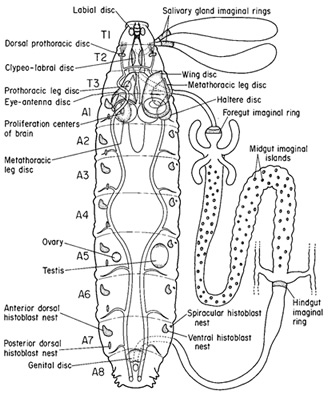Hi there,
So you would have to do some difficult work, genetically to prove this: but my contention is that the butterfly does not become a caterpillar if you reverse the cocoon.
This is the no new information argument, in a specific context.
In other words, the butterfly needs specific genetic information to transition to a caterpillar, not simply a change in the process - this being the case, it can not simply evolve.
You could give it the information, but then you would be playing the role of God, not nature.
So you would have to do some difficult work, genetically to prove this: but my contention is that the butterfly does not become a caterpillar if you reverse the cocoon.
This is the no new information argument, in a specific context.
In other words, the butterfly needs specific genetic information to transition to a caterpillar, not simply a change in the process - this being the case, it can not simply evolve.
You could give it the information, but then you would be playing the role of God, not nature.


